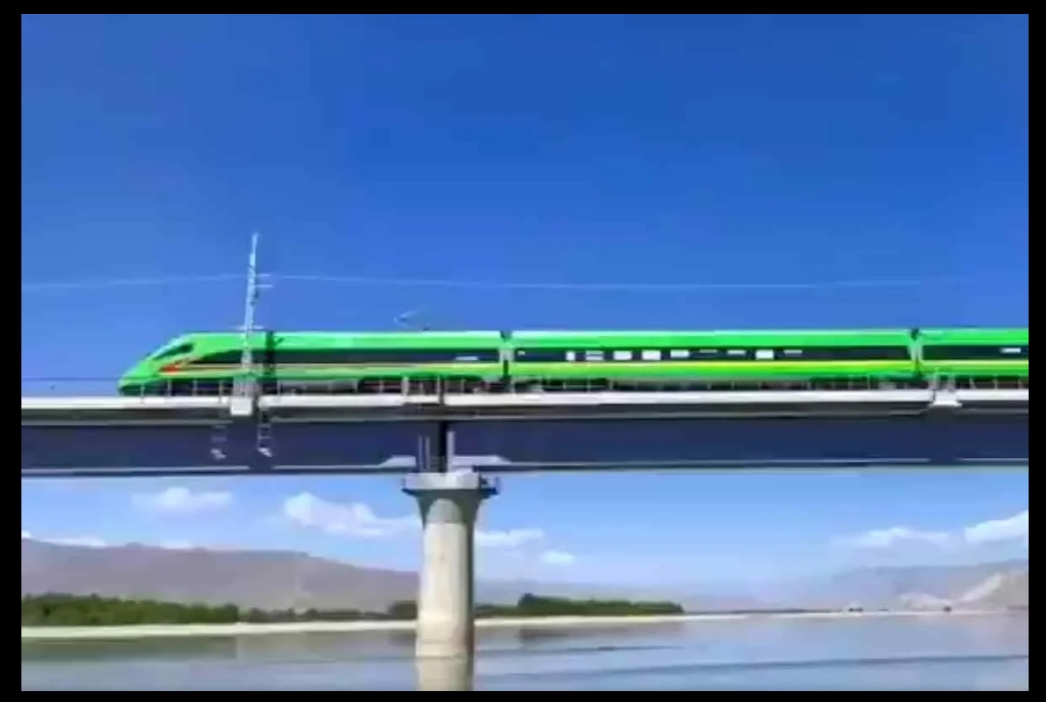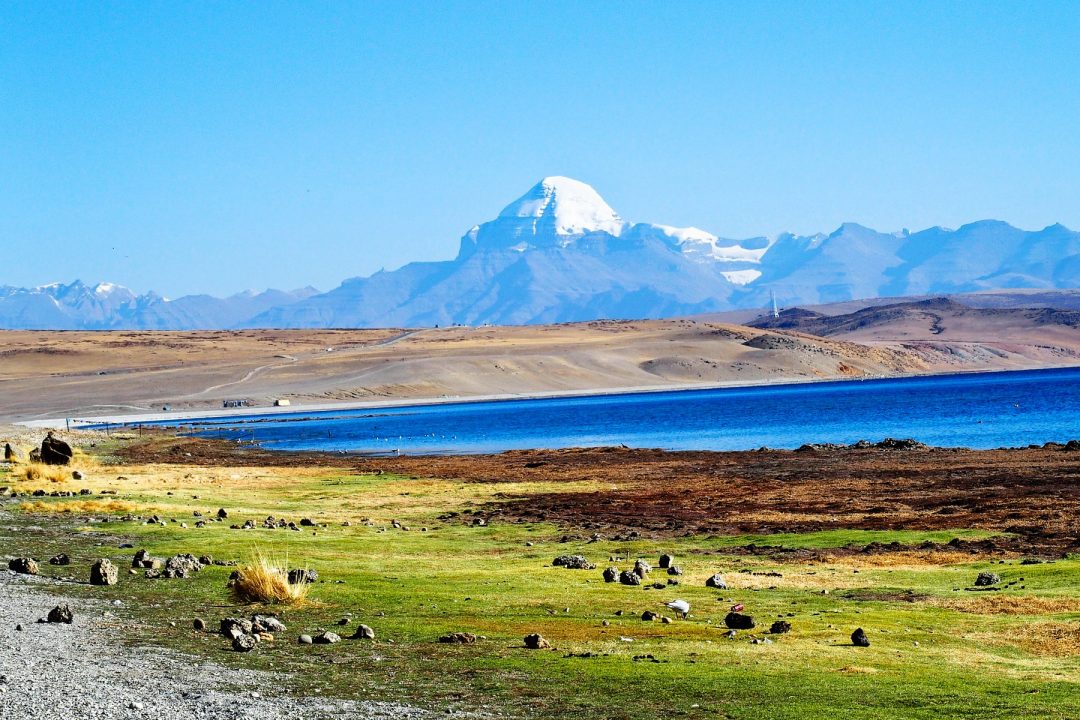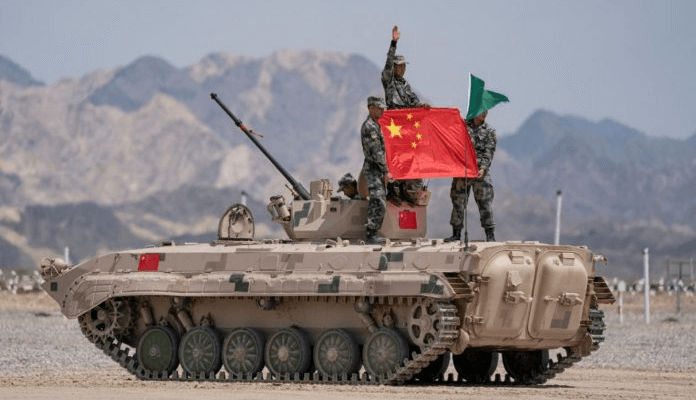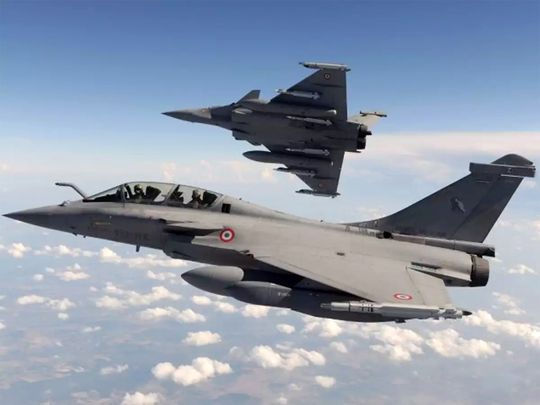Joint military command is the future but India can’t rush into it
The amalgamation of 19 military commands into a cohesive joint or theatre command will be India’s biggest defence reform. The challenge will be to take everyone along.
by Snehesh Alex Philip
Representational image of an Indian Army convoy moving through Ladakh | Photo: ANI
The ongoing Ladakh stand-off with China has taught us one thing – a unified military approach along with diplomatic and economic measures is the way forward.
When the Galwan clash happened a year ago, India pushed both the Air Force and the Navy into full operational mode besides ramping up the economic counter steps and increasing diplomatic push. The three Service chiefs and the Chief of Defence Staff, General Bipin Rawat, used to meet on a daily basis and jointly work out what needs to be done.
The end result was that China realised India is no pushover, even though the stand-off continues and the People’s Liberation Army (PLA) still controls areas that India claims as its own.
Amid all the tension with China, silent work to reform Indian military went on – and the result is the proposal to amalgamate the 18 military commands (including the tri-services Andaman and Nicobar Command) into a few joint or theatre commands.
As the secretary of the Department of Military Affairs, General Rawat is mandated with “facilitation of restructuring of military commands for optimal utilisation of resources by bringing about jointness in operations including through establishment of joint/theatre commands”.
This massive change, which will be the biggest reform that the forces will see, will streamline the world’s fourth largest military into a leaner and stronger cohesive fighting unit. It will also cut long-term costs because common resources and logistics would be pooled instead of each Service spending separately.
But challenges remain. At a crucial meeting held last week on the concept note, it emerged that all stakeholders, including the three Services, are not on board on the exact structure of the joint or theatre commands. The Narendra Modi government is of the view that there should be more discussion on this.
Army chief General M.M. Naravane had in October 2020, while welcoming the integrated theatre commands, said that the process “needed to be deliberate, thoughtful and well-considered, and its fruition will take a number of years.”
Sources in the defence and security establishment say that since joint or theatre commands will have drastic and far-reaching implications on the military’s future war-fighting strategy, it is important that all stakeholders are completely on board.
Also read: The biggest challenge before India’s joint theatre commands plan — who will report to whom
As per the current plan, the 18 commands are to be brought together under five theatres — Northern Land Theatre (Jammu and Kashmir, Ladakh and Central sector) Western Land Theatre (Pakistan centric), Eastern Land Theatre, Maritime Theatre Command, and Air Defence Command. There could be one or two additional commands to look after logistics and training.
The first two to be rolled out are Maritime Theatre Command (MTC) and Air Defence Command (ADC).
The MTC will see a merger of the Eastern and Western naval commands besides getting elements from the Army and the Air Force. The plan is also to bring the Coast Guard assets from all five regions under its operational control. The MTC will be headed by a three-star Naval officer. It will also have one two-star officer from the IAF and a three-star from the Army.
Similarly, the ADC will be headed by a three-star IAF officer, along with a three-star Army officer and a two-star Naval officer.
The other theatres planned will be headed by three-star Army officers with elements from the IAF and Navy.
Also, the Border Security Force (BSF) is being planned to be part of the Northern Land Theatre and the Indo-Tibetan Border Police (ITBP) of the Eastern Land Theatre.
Also read: Rajnath Singh must look beyond ‘feel-good’ booklets. MoD lists reforms but quiet on threats
A number of issues have been raised. Will the theatre commands be based on challenges (China and Pakistan) or will there be one theatre command for the whole country?
The larger fear is that the theaterisation is heavily tilted in the Army’s favour with nomenclatures like “Land” not helping the cause.
It has also been pointed out that in case of a war with Pakistan, at least four theatres will come into action. In case of a war with China, at least four theatres will take part while the fifth, the Western Land Theatre, will be on high alert.
However, from the Chinese side, the Western Theatre Command will take care of the entire borders with India. The only additional theatre to get involved will be the one with naval assets – either Eastern, Southern or Northern Theatre.
The counter argument to the fear that multiple theatres would get involved in case India faces a war, is that there will always be a primary theatre of war and a secondary theatre and this has been taken into account while planning.
As per the theaterisation plan, all commands will have elements from all the three Services. The Navy assets are unlikely to see much division but the IAF assets will be. At present, the IAF assets are centrally controlled and operated through the Air Headquarters even though there are multiple Air Commands.
As per the proposed plan, each theatre will get its own IAF assets. There is a view that this will impact operational capability as the assets are limited and the fighter squadron strength is already very low — 30 squadrons against a sanctioned strength of 42.
Former Air Force chief ACM B.S. Dhanoa, while in office, has said that there can be only one theatre — India — and the focus should be on institutionalised structure of joint planning by the three Services.
While the Navy supports the creation of the Maritime Theatre Command, there are also voices within the force who say that there already exists the independent Western Naval Command and the Eastern Naval Command who look after their specific areas of operations.
“The equipment/assets of each Service is not large enough to be distributed up and locked in theatres. Forget the IAF, which anyway has a lower number of aircraft and surveillance equipment, even the Army had to push in additional reserves and additional equipment into the Northern Command during the ongoing standoff with China,” a source said.
Another source explained that China had been focusing on a new war-fighting strategy since the 1980s and it began by slowly cutting down the personnel strength and expenditure while increasing focus on indigenous technology for missiles, vessels and aircraft.
But China has the numbers and money to spend on more military assets and have specific theatres, something that India cannot afford to replicate.
Incidentally, with approximately 1.4 million personnel, the Indian Army has become the world’s largest ground force, pulling ahead of China, which cut down its strength by half and is instead focusing on its navy, air force and technology.
Some retired top military officers have written to concerned government positions against rolling out the theaterisation in its current format.
Another issue of concern is the question of who will head these theatres. As per the current plan, the theatre commanders will report to the CDS and the respective Service chiefs will become more administration- and training-oriented.
In the US and China, the theatre commanders report to the political leadership.
Some have also expressed concern of moving ahead with a concept without war gaming the plans and seeing how effective or ineffective the whole process is going to be.
Another school of thought is that the first step towards joint mashup should be joint training. The idea is that people need to learn and train together for them to plan and fight together.
Fears expected but unified approach the way forward
The concerns expressed by various quarters to the theaterisation was expected. The Modi government would need to handle it deftly because militaries are seldom open to change.
As Harsh V Pant and Javin Aryan wrote in October 2020, “the inter-services competition wherein each service zealously oversees its own assets and strives for a greater share of the defence budget and influence might prove to be an obstacle in creating synergy among the services.”
However, there is no doubt that while concerns and fears need to be understood and taken care of, a unified war-fighting strategy along with exponential capability increase in our cyber and space warfare is the only option going forward.
But given India’s limited experience with integrated command structures, I would go back to what the Army chief said, “The process should be deliberate, thoughtful and well-considered.”
There is no doubt that this journey may require a fair bit of mid-course corrections, but it is important to get off on a firm foundation.
Views are personal.
(Edited by Prashant Dixit)






